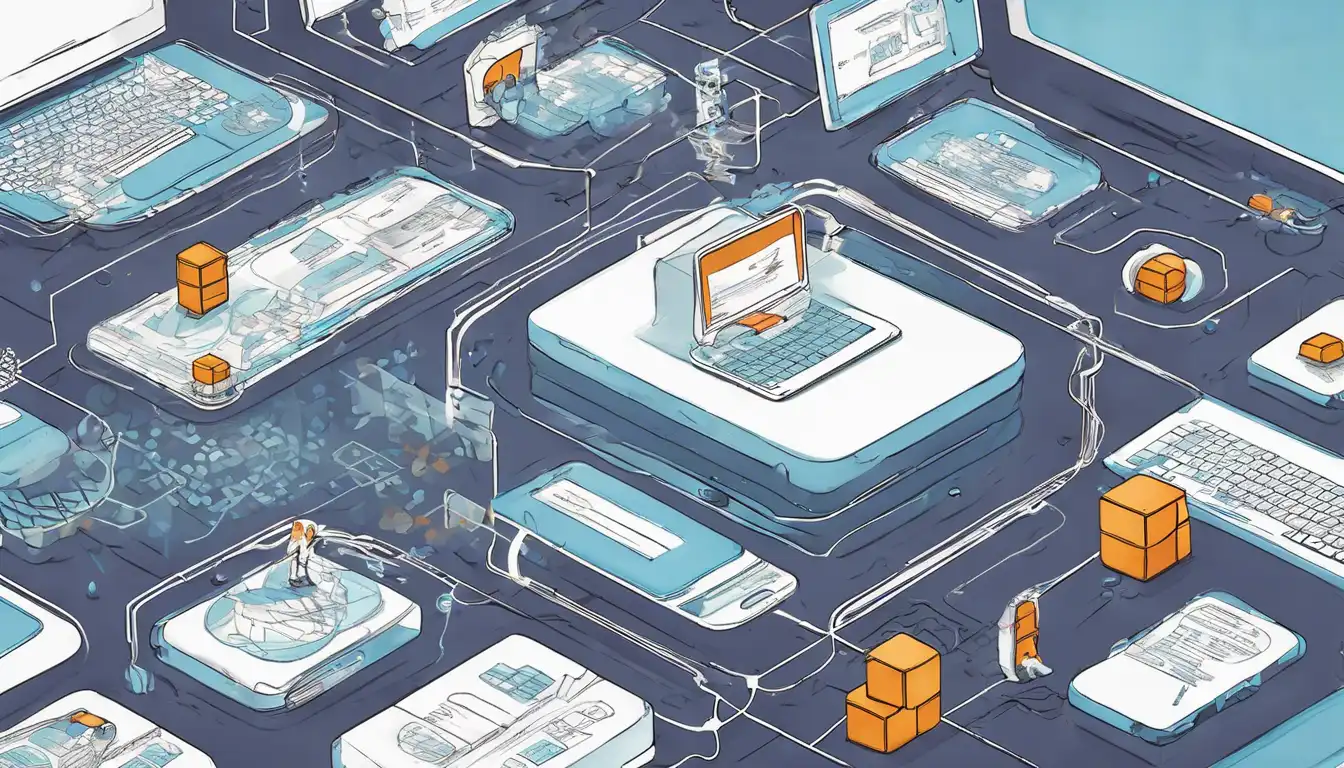What is Blockchain?
Blockchain technology is a digital ledger that records transactions across many computers so that the record cannot be altered retroactively without the alteration of all subsequent blocks and the consensus of the network. This makes blockchain a secure and trustworthy technology for various applications beyond just cryptocurrencies.
How Does Blockchain Work?
At its core, blockchain is a chain of blocks, where each block contains a number of transactions. Every time a new transaction occurs on the blockchain, a record of that transaction is added to every participant's ledger. This decentralized database managed by multiple participants is known as Distributed Ledger Technology (DLT).
Key Features of Blockchain
- Decentralization: Unlike traditional ledgers or databases controlled by a central authority, blockchain is decentralized and distributed across multiple nodes.
- Transparency: All transactions are visible to anyone within the network, ensuring transparency.
- Immutability: Once a transaction is recorded on the blockchain, it cannot be altered or deleted.
- Security: Blockchain uses cryptographic techniques to secure data, making it highly secure against fraud and hacking.
Applications of Blockchain
Blockchain technology is not limited to cryptocurrencies like Bitcoin. It has a wide range of applications across various industries including finance, healthcare, supply chain, and more. For instance, in the finance sector, blockchain can be used for secure and instant cross-border payments. In healthcare, it can secure patient records and ensure privacy.
Blockchain in Finance
The finance industry has been one of the earliest adopters of blockchain technology. From enabling faster and cheaper cross-border payments to facilitating smart contracts, blockchain is revolutionizing the way financial transactions are conducted.
Blockchain in Supply Chain
Blockchain provides a transparent and unalterable record of transactions, which is ideal for supply chain management. It can track the production, shipment, and delivery of products in a secure manner, reducing delays and fraud.
Getting Started with Blockchain
For beginners interested in blockchain, the first step is to understand the basic concepts and terminology. There are numerous resources available online, including courses, tutorials, and forums where you can learn more about blockchain technology.
Another great way to get hands-on experience is by experimenting with blockchain platforms like Ethereum, which allows you to create and deploy your own smart contracts.
Conclusion
Blockchain technology offers a secure, transparent, and efficient way to conduct transactions and manage data across various industries. As the technology continues to evolve, it is expected to play a pivotal role in shaping the future of digital transactions and data management.
For those looking to dive deeper into blockchain, exploring its applications in cryptocurrency and smart contracts can provide valuable insights into its potential and limitations.
